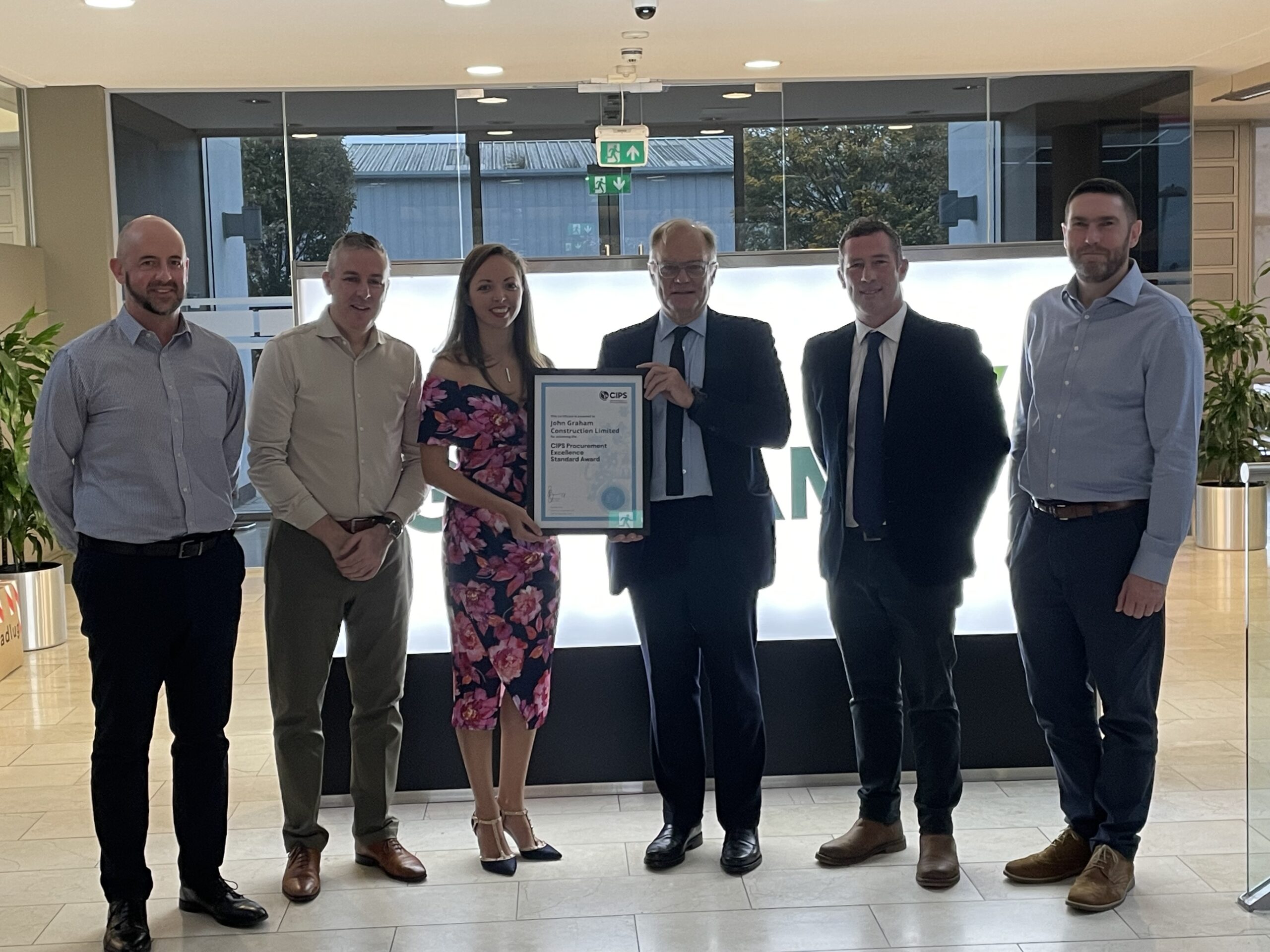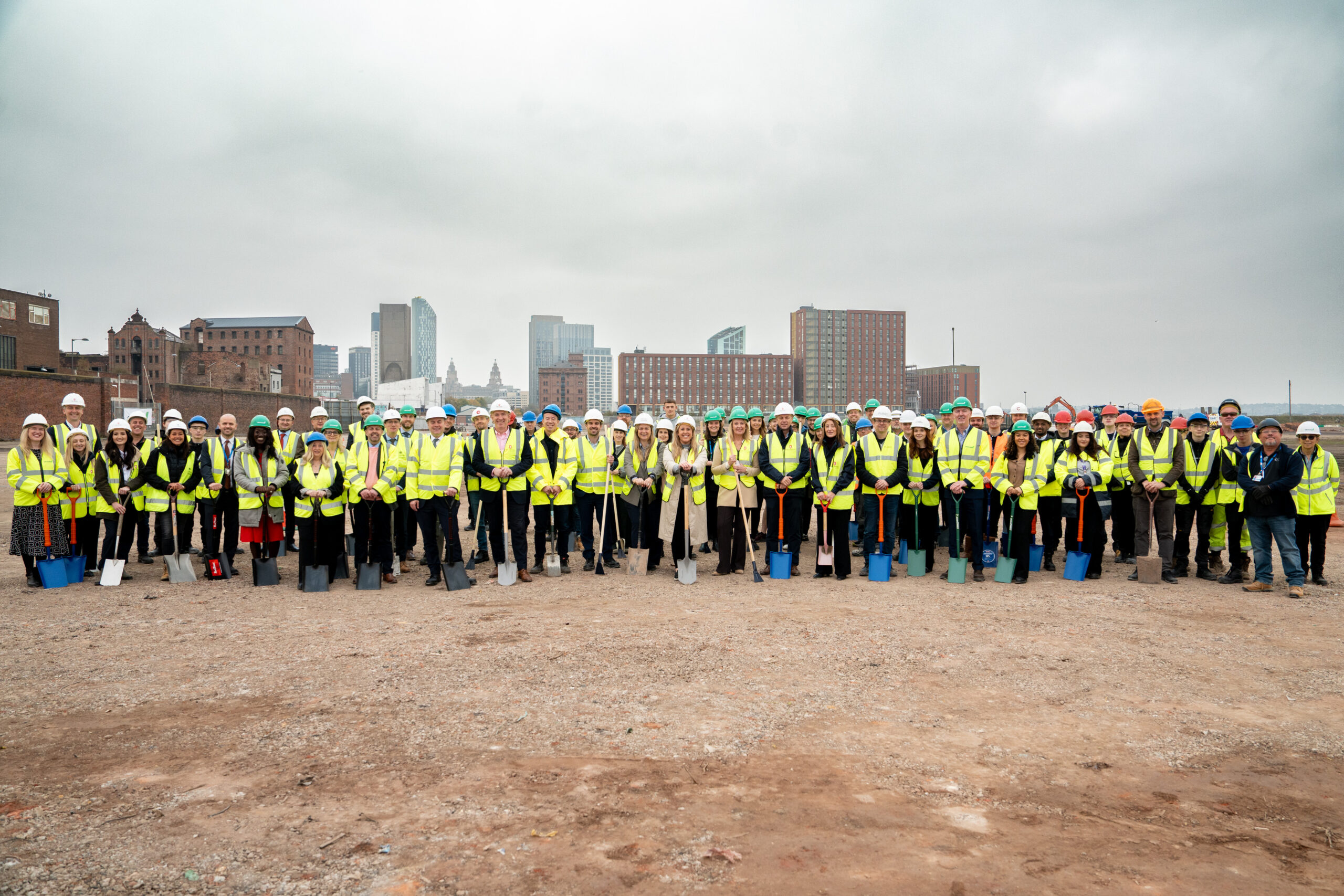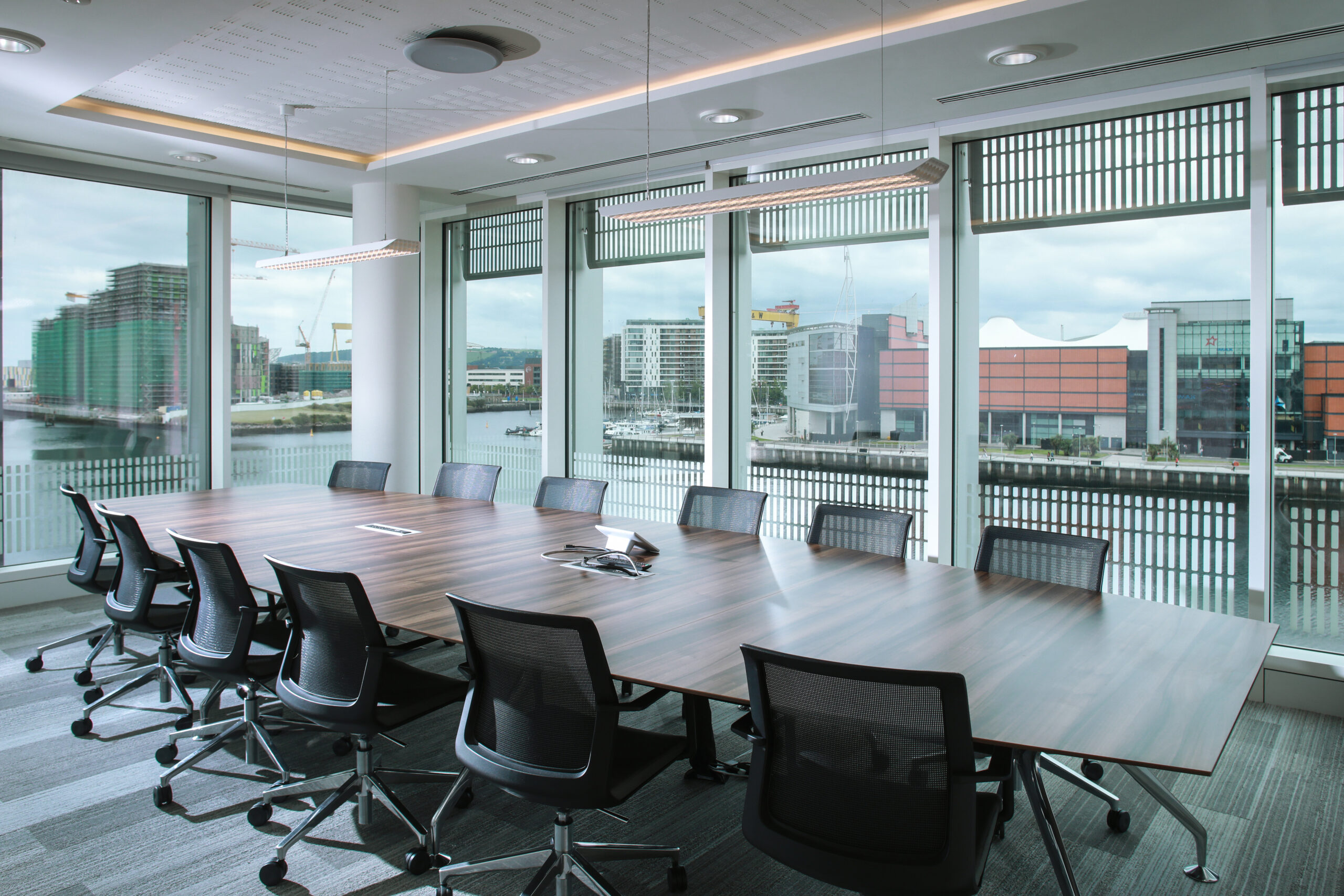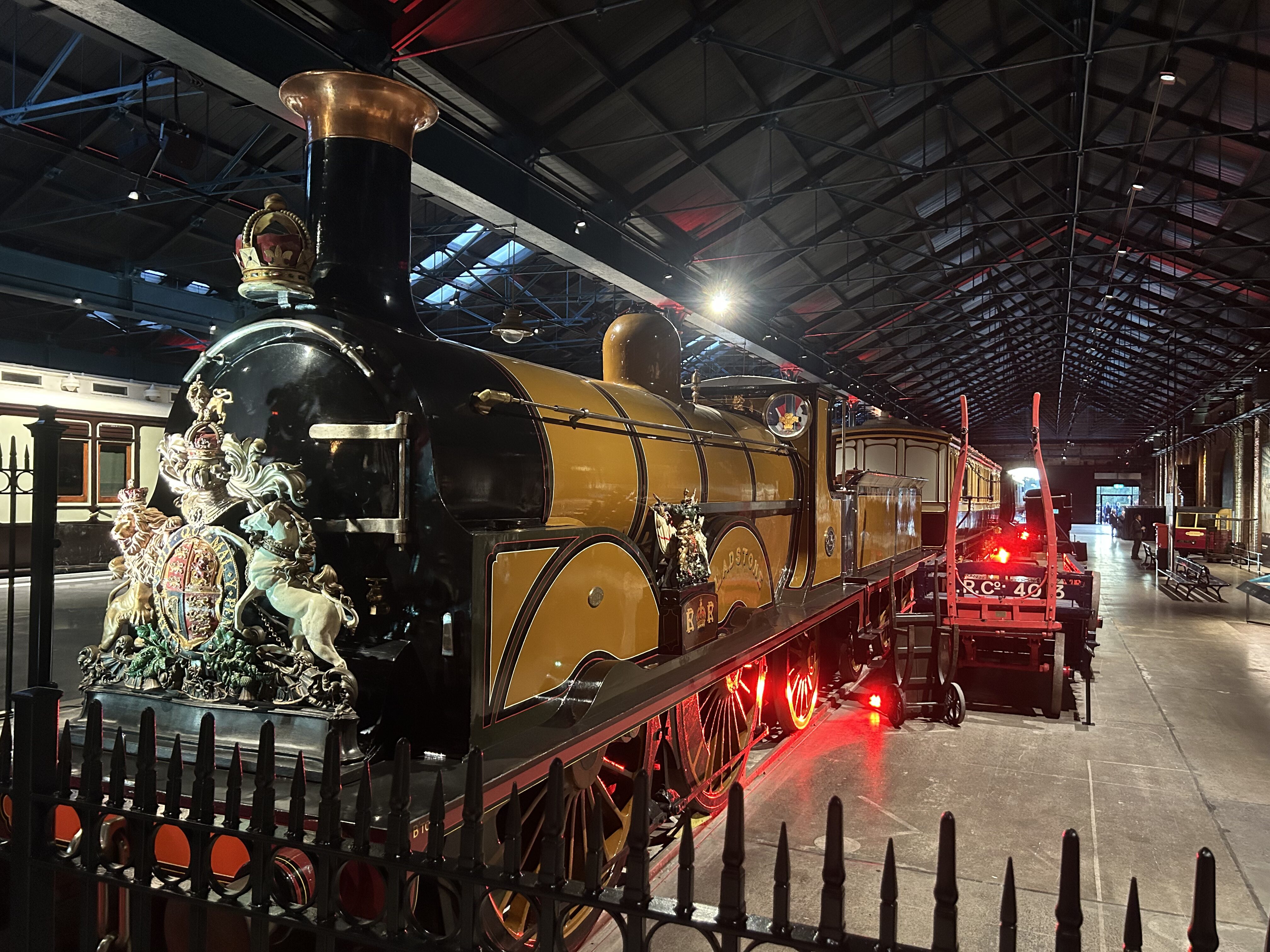News at GRAHAM
For press enquiries please email:marcoms@graham.co.uk
Featured Articles

Oct 20, 2025
•
Awards
•
ESG
GRAHAM Achieves CIPS Procurement Excellence Standard

Oct 16, 2025
•
Projects
GRAHAM Delivers Passivhaus Masterclass at UK + IRL Passivhaus Conference

Oct 15, 2025
•
Projects
Central Docks Groundbreaking Marks Major Milestone in Liverpool Waters Regeneration

Oct 15, 2025
•
Projects
Workplace Fit-Out Complete at City Quays 2, Belfast

Oct 14, 2025
•
Projects